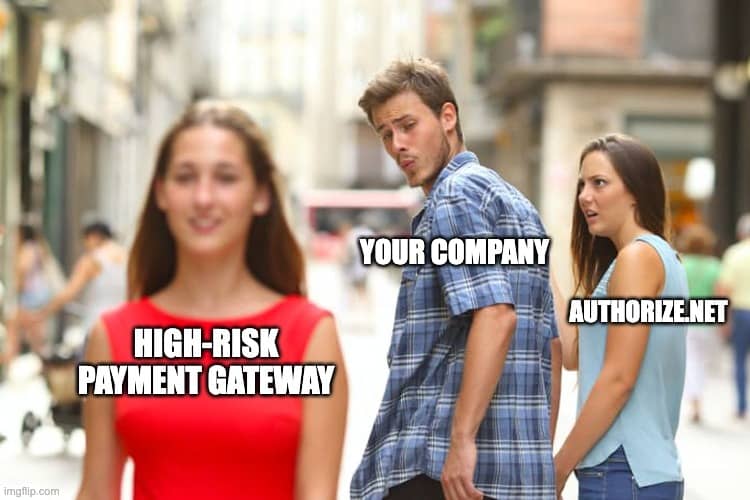Inflation and Credit Card Debt

Inflation is the rise in the general level of prices for goods and services. Inflation affects everyone because it reduces purchasing power. Inflation also pushes up interest rates on credit cards, making it more challenging to pay off your balance.
Inflation eats away at your spending power. As prices for goods and services rise over time, the same amount of money will buy less than it once did.
Inflation is the rate at which prices for goods and services rise over time. It’s a normal part of the economic cycle, but when it gets too high, or too low, or if it becomes unstable—that’s when inflation becomes problematic.
Inflation is measured by how much prices have increased over time and then by calculating an average rate based on that data. As inflation increases, the purchasing power of your dollars decreases. For example, if you bought one gallon of milk for $4 yesterday and today that same gallon costs $5, you’re experiencing 2% annual inflation (1% per month). That means every dollar you spend today will be worth 1/20th less next year than it is now!
The Federal Reserve uses monetary policy to manage inflation so that prices don’t get out of control while reducing unemployment rates as needed by lowering interest rates to spur more spending among businesses and consumers alike.
Credit card debt is a big part of the average American household’s financial picture. The average credit card balance for families with a balance is $6,658.
Credit card debt is a big part of the average American household’s financial picture. The average credit card balance for families with a balance is $6,658.
That figure includes all types of credit cards—rewards cards, store-branded cards and more. That’s more than twice what it cost to fill your car last week at the pump (about $3/gallon).
The average household credit card debt is $16,061.
How do credit cards deal with inflation? Most cards include references to “indexes” and “margins” in their terms and conditions.
An index is a reference point for a particular financial variable, such as inflation or the U.S. Prime Rate (the interest rate banks charge each other). Your credit card’s margin is the amount by which your interest rate exceeds that reference point. For example, let’s say you have a credit card with an introductory APR of 0% and no annual fee. The initial period ends after six months, and at this time, there has been no change in your market environment since you applied for the card—so 0% + 6% = 6%. In other words, if your loan balance was $1,000 and inflation was at 4%. One year from now, it would be worth only $990 - while if you’d had to pay 4% on your outstanding balance instead of 0%, then its future value would be $1000 + 4% = $1040 - meaning that if nothing else changed between now and then (i.e., if we accounted only for inflation), paying off that original loan would leave us with more money than what we owed when we started using our credit card!
Your interest rate can be adjusted using an index plus a margin. An index is a number that reflects how economic conditions are changing. The most commonly used indexes are based on the interest rates of U.S. Treasury securities.
You may have already heard about inflation and interest rates, but you might not know that your credit card company can raise your interest rate anytime. In fact, in most cases, they probably will.
The reason for this is because several factors go into determining if they can increase the rate:
- The prime rate (the national average)
- The U.S. Treasury’s yields on specific securities (like T-bills) - These are considered to be the benchmark for all other interest rates, including those charged by banks and credit card companies; the U.S. government issues these securities as a means of borrowing money from investors; the yields on these securities reflect how well those investors view economic prospects in general and inflationary expectations specifically; if you want more information about how the bond market works check out Investopedia’s article here
- A margin based on your credit score (more on this later)
Margins are determined by several factors, including how long you’ve had your card and how you manage your account.
The key to getting a reasonable interest rate and having a low margin is to:
- Keep your balance low. The lower your balance, the less interest you’ll pay on the card.
- Pay on time every month. Late or missed payments can lead to higher fees for your credit card account and an increase in the APR (annual percentage rate).
- Pay more than the minimum payment due each month if possible, especially if you carry a large balance on your card — this will help minimize how much interest accrues on an existing balance and help reduce your principal amount faster, which means paying less. Overall in finance charges!
Inflation may eventually impact your credit card terms, including your APRs and monthly minimum payments.
Many things can change the way your credit card works. These include your interest rate, monthly minimum payments, fees and rewards.
If inflation becomes an issue for consumers (or if the Federal Reserve increases rates), we may see a shift in some of these factors:
- Interest rates can go up or down depending on economic conditions. If inflation rises above 2% over the next year or two, interest rates could increase as well—and with them will come higher APRs on your cards.
- Minimum payments can also rise or fall depending on economic conditions. A significant increase in inflationary pressures could lead to a decrease in credit card balances because consumers would have less money available to make purchases with their cards; this would mean fewer transactions and lower revenue for issuers overall—so they’d likely raise minimum payments to offset at least some of those losses too!
Conclusion
Knowing how inflation affects your credit card debt is essential, but it’s also good to remember that you have control over your financial situation. You can take steps to manage your debt and plan for unexpected expenses. If you’re concerned about any aspect of your finances right now, it’s never too late to contact a financial advisor or financial planner who can help you get things back on track!
Read Next

Find out whether Authorize.Net works for high risk merchants, what restrictions you might face and how to get approved.

Get expert advice on selling CBD products on Shopify, including compliance tips and setting up secure payment options.

Find out why Square may deactivate merchant accounts and steps to resolve issues and maintain uninterrupted payment services.
Need a High-Risk Merchant Account?
Disruption-free payment processing at the best price for your situation, guaranteed.
Get Free Guidance Now!